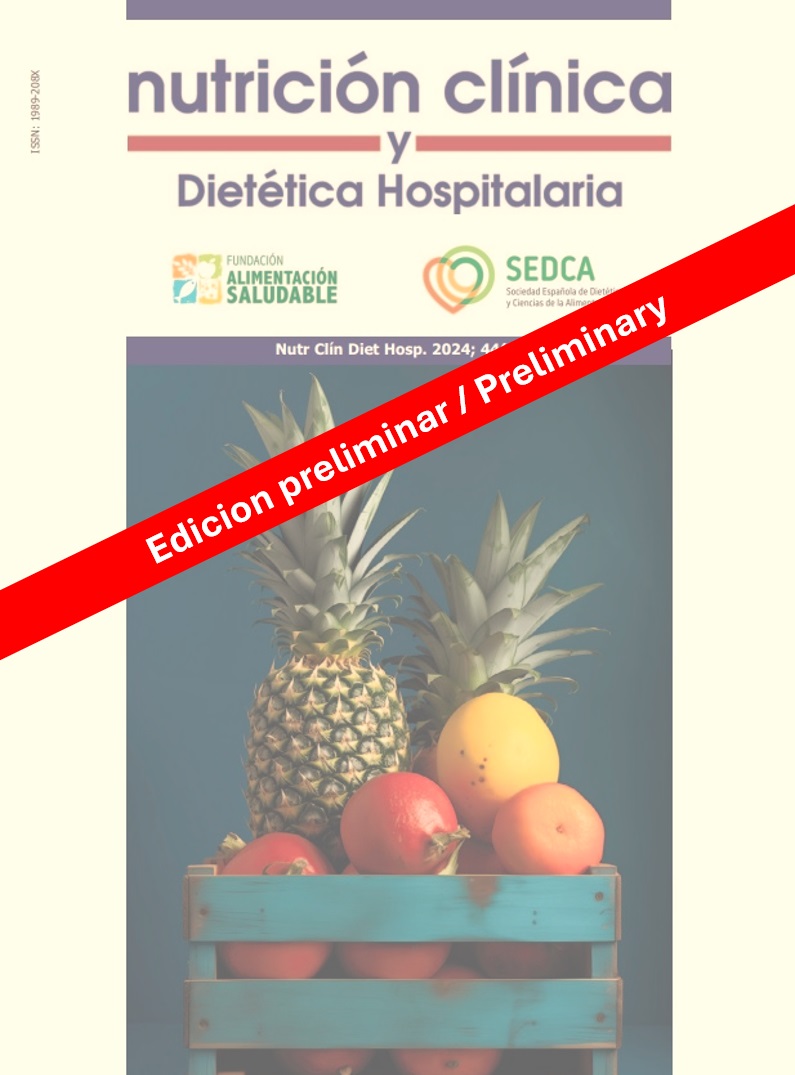Relationship between nutritional intake and the duration of mechanical ventilation use in critical patients.
DOI:
https://doi.org/10.12873/443lidyaKeywords:
Nutritional intake, Critical Patients, Mechanical Ventilation, Clinical nutritionAbstract
Introduction: The incidence of malnutrition among critically ill patients undergoing treatment in intensive care unit
(ICU) ranges from 30-50%. This malnutrition is primarily attributed to hypercatabolism and hypermetabolism, leading to significant reductions in energy and protein levels. Muscle atrophy, particularly in the diaphragm, exacerbates respiratory
muscle fatigue, making breathing difficult and necessitating
prolonged mechanical ventilation.
Objectives: This study aims to examine the relationship
between energy, protein, carbohydrate, and fat intake and the duration of mechanical ventilation in patients receiving
collaborative clinical nutrition (first group) versus non-collaborative clinical nutrition (second group)
Methods: This retrospective cohort study employed an
analytical observational approach and was conducted at the
Medical Records section of Wahidin Sudirohusodo Hospital in Makassar. The study included 37 patients who had been on
mechanical ventilation for ≥ 8 days and received enteral and parenteral nutrition. The patients were divided into two groups: one receiving collaborative clinical nutrition and the
other receiving only enteral nutrition. Data collection involved 24-hour food recall recording, blood tests for routine parameters, and assessment of the duration of mechanical
ventilation.
Results: The study found significant differences in nutritional intake between the collaborative clinical nutrition (first group) and the non-collaborative clinical nutrition (second
group). The collaborative group had higher mean energy (first group 1199.70 vs. second group 848.73), protein (first group 22.38 vs. second group 17.29), and fat (first group 22.62 vs.
second group 15.31) intake, while carbohydrate intake was lower in the first group (55.30 vs. second group 63.86). These differences were statistically significant with a p-value < 0.05.
This study also found a correlation between nutritional intake
and duration of mechanical ventilation use. There was a negative correlation between energy, protein and fat intake while
carbohydrate intake had a positive correlation.
Conclusions: The study concludes that the collaborative clinical nutrition (first group) had higher nutritional intake
compared to the non-collaborative (second group).
References
Agussalim Bukhari 2 : agussalimbukhari@yahoo.com
Suryani As'ad 2 : suryani_fkuh@yahoo.com
Nurpudji A. Taslim : pudji_taslim@yahoo.com
Clinical Nutrition Specialist Program, Department of Nutrition, Faculty of Medicine, Hasanuddin University, Makassar, South Sulawesi, 90245, Indonesia
Downloads
Published
How to Cite
License
Copyright (c) 2024 Nutrición Clínica y Dietética Hospitalaria

This work is licensed under a Creative Commons Attribution-NonCommercial-NoDerivatives 4.0 International License.
Los lectores pueden utilizar los textos publicados de acuerdo con la definición BOAI (Budapest Open Access Initiative)



